WNLU ransomware compromises Windows systems to encrypt all files on them
Contents
WNLU ransomware is part of the widely known STOP/DJVU malware family, and just like other ransomware types, it functions by encrypting files of its victim in such a way it becomes unreadable. It then appends .wnlu extension to each file name, in such a way that a file hitherto saved as 1.jpg is renamed to 1.jpg.wnlu and same format is replicated on other files. While this attack is still ongoing, a ransom note known as _readme.txt is equally dropped simultaneously. What is contained in the ransom note is a notification sent by those behind the cyber-attack informing the victim how to reach out to them so he can pay a ransom in exchange for WNLU decryption tool.
The cyber attackers will emphasize that the victim has no other option than to comply with their demand if they hope to ever retrieve their important personal information that may include documents, pictures, various data etc. Considering that they made use of strong encryption key that can’t be breached without their permission, they will equally drop certain email addresses for the victim to respond to, such as manager@mailtemp.ch and helprestoremanager@airmail.cc.
They will even go further to list their decryption service prices and the conditions attached with the payment plans. In order to coerce their victims to pay ransom as soon as possible, they offer a 50% discount. This means that they would have to pay $490 instead of the usual cost of $980. However, they will warn that once 3 days elapses, the victim would have to pay the full amount.
Peradventure the victim decides to get in touch with them; they will inform him that only payments wired through cryptocurrency will be acceptable. So they would provide a wallet address where the victim would be expected to pay the cryptocurrency equivalent of the ransom demand. The major reason why they often use this medium is to cover their tracks and evade possible tracing and arrest. In their desperation to entice the victim into paying the ransom demand, they may even inform the victim to send excerpts from their encrypted data for them to decrypt. This is to prove to the victim of their expertise but will also point out that such excerpt must not contain any information that could be deemed valuable.

Regardless of the situation, our cybersecurity experts advise that victims should NOT PAY ransom and this position is also supported by the FBI in its guidelines in respect to ransom payments. You should bear in mind that complying with ransom demand does not guarantee they will restore your encrypted data. Also, paying them would amount to indirect encouragement to the cybercriminals since they would be more emboldened to continue in their nefarious acts as well as have more funds to employ additional developers. Already, ransomware attacks and accompanying ransom payments is generating millions of dollars but this could be stopped if victims refuse to comply with their demands.
Aside the encryption of data, this virus usually installs Trojans such as VIDAR or AZORULT that steals vital information from any compromised computer. They are known to pilfer sensitive personal data like banking details, browser saved passwords, software login details, cryptocurrency wallets etc. With such sensitive information in the wrong hands, it could lead to further blackmails.
Anyways, if you’re already a victim of this STOP/DJVU variant, then it is crucial that you remove WNLU ransomware virus as soon as possible. You can do this by activating any reliable antivirus software while your computer is still in Safe Mode with Networking setting. This will enable it to effectively trace and remove any malware infections found in your computer. You can make use of any antivirus of your choice but ensure it is strong enough. However, if there is none you trust, you can always make use of INTEGO Antivirus as recommended by our experts. For virus damage repair on compromised Windows OS files, consider downloading RESTORO.
Ransomware Summary
| Name | WNLU Ransomware Virus |
| Type | Ransomware; Crypto-malware; Virtual Extortion Virus |
| Family | STOP/DJVU |
| Encryption type | RSA 2048 + Salsa20 |
| Previous versions | JYPO, KIFR, KIOP, KITZ, BOZA, BOTY, COZA (find full list here) |
| Version | 357th |
| Extension | .wnlu |
| Cybercriminal emails | manager@mailtemp.ch, helprestoremanager@airmail.cc |
| Additional malware dropped | Azorult or Vidar Trojan |
| Damage | The ransomware encrypts all files on the infected computer and connected data storage drives. During the attack, the virus marks each locked file with an additional .wnlu extension to make them distinguishable. Additionally, the virus leaves _readme.txt ransom note in all folders. The virus then proceeds to delete Volume Shadow Copies from the PC so that the victim could no longer access System Restore points. Next modification done by the virus is alteration of Windows HOSTS file. The virus uploads a list of websites to block on the computer, so that the victim could not access a variety of computer help sites. This piece of malware often carries various information stealers such as AZORULT Trojan or VIDAR alongside it. |
| Ransom note | _readme.txt |
| Ransom demand | $490-$980 in Bitcoin |
| Distribution | Victims often download this ransomware along illegal torrent downloads, cracked software, activators, key generators or tools like KMSPico. |
| Known software cracks to contain this malware | Corel Draw, Tenorshare 4ukey, Adobe Photoshop, Cubase, Adobe Illustrator, Internet Download Manager, Tally, League of Legends. |
| Detection names | Trojan:Win32/Krypter.AA!MTB (Microsoft), Gen:Variant.Fragtor.36858 (B) (Emsisoft), UDS:Trojan.Win32.Scarsi.gen (Kaspersky), Gen:Variant.Fragtor.36858 (BitDefender), MachineLearning/Anomalous.95% (Malwarebytes), Packed.Generic.528 (Symantec) see all detection name variations on VirusTotal |
| Removal | Remove ransomware and related malware from your PC using professional software of your choice. We highly recommend using INTEGO Antivirus. To repair virus damage on Windows OS files, consider scanning with RESTORO. |
REPAIR VIRUS DAMAGE
Scan your system for FREE to detect security, hardware and stability issues. You can use the scan results and try to remove threats manually, or you can choose to get the full version of software to fix detected issues and repair virus damage to Windows OS system files automatically. Includes Avira spyware/malware detection & removal engine.
Ransomware distribution techniques in detail
It is important to note that users mostly get their computer systems infected with WNLU virus and other similar STOP/DJVU ransomware variants when they download malicious torrents. Generally, these viruses often hibernate in pirated software contents, therefore use of fake key generators or “cracks” are highly discouraged to avoid virus infection of your computer system.
Over the years, victims of ransomware attacks have reported certain software copies the cybercriminals had made use of in creating hazardous license activation tools and “cracks”. These software copies are then uploaded to online torrent libraries. Some of them are listed below:
- Fifa 20;
- Tenorshare 4ukey;
- Adobe Photoshop;
- AutoCad;
- KMSPico (illegal Windows activation tool).
- Opera browser;
- Corel Draw;
- Internet Download Manager;
- VMware Workstation;
- Cubase;
- Adobe Illustrator;
- League of Legends;
If you’re among those that often visit online torrents to look for pirated software copies, then it’s high time you stopped doing so. Each time you visit such illegal platforms, you will be endangering your computer system since cybercriminals could prey on you at any moment. Meanwhile, trying to get copyrighted software contents illegally from unauthorized sources is wrong and could be prosecuted according to existing laws and criminal penalties. On the contrary, we advise that users should rather obtain their software needs through the official platforms of the original content producers or their authorized third party agents. Whatever amount you pay to obtain software copies legitimately is insignificant relative to the outrageous fees cybercriminals would want to extort from you once you become a victim and moreover there won’t be any risk of losing your sensitive data or being blackmailed.
Another way they spread ransomware is through malicious email attachments. They do this by composing believable messages with catchy captions, especially on PDF, DOCX or XLS. These particular formats enable macro functions as well as JavaScript both of which are perfect for downloading payload from external sources and could be transferred to any computer.
Unfortunately, it could be hard to decipher if a particular email is real or from cybercriminals since they are now devising more sophisticated ways of impersonating legitimate brands. They will even go as far as giving the emails catchy names like Invoice, Tracking Details or Order Summary etc. On the other hand, they may even make use of email spoofing techniques to cleverly camouflage the actual originating address. However, everyone should apply desecration when opening emails, especially if such email is not being expected.
For those who are victims of STOP/DJVU ransomware already, it is important for you to avoid any website that promises to provide decryption services because they’re most likely to be fraudulent. Also note that cybercriminals usually spread other ransomware variants such as ZORAB through fake and ineffective STOP/DJVU decryptors. Do not throw caution to the wind because you’re already infected because such tools can actually worsen your predicament by doubly encrypting your files.
Technical insights on WNLU virus operation
Are you still wondering about the extent of damage that could have been done to your compromised computer following the WNLU ransomware attack? Then this section would come handy to you, as it lays bare all the technical details concerning the virus and how they function. The first thing the malware does is to is to set up build.exe or build2.exe as well as winupdate.exe executables. It then connects to https[:]//api.2ip.ua/geo.json and thereafter saves the outcome on geo.json file. Afterwards, the malware will commence data gathering of every detail conceding your computer, specifically its geolocation, time zone, longitude and latitude, zip code, hardware and software details etc. These set of information are compiled and sent to their main server.
You can check the image below to see what geo.json file looks like.

Now that the malware has computed all necessary details about the computer, it will match it against their list of countries where encryption is not allowed, the countries are: Russia, Ukraine, Uzbekistan, Syria, Tajikistan, Belarus, Armenia, Kazachstan, and Kyrgyzstan. If the information shows that the computer is located in any of the listed countries, it will immediately abort its operation. But if it is negative, it will move to the next stage by fetching the online encryption key from its database and saves it alongside the victim’s ID, in bowsakkdestx.txt file and to PersonalID.txt file.
Examples of these files are shown below.

If for any reason, the virus couldn’t extract an online encryption ID, it will immediately resort to the use of an offline encryption ID. Note that offline ID is uniform for all victims provided they were all infected by same variant. You can detect if an offline key was used by checking if the t1 characters were appended to your personal ID. If such is the case, it brightens your chances of being able to decrypt .wnlu files someday. You can avail yourself more information about this below the article or in this guide.
Moreover, the virus collects information about the computer (hardware, active processes, installed software, computer name and other details) and saves them to information.txt file as shown below. Moreover, the virus transmits these details to the attacker’s server as well.
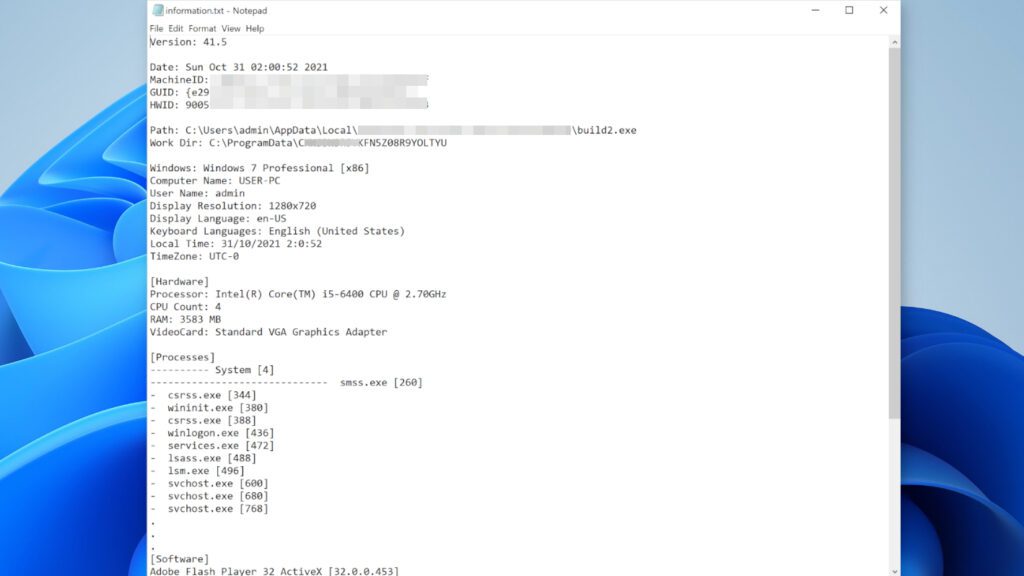
At this point, the ransomware will begin full data encryption by scanning all folders contained in your computer and encrypting them with Salsa20 before eventually locking the encryption key using RSA-2048 key. It is also during this phase that the virus marks each file with more extensions.

Captured in the image below is screenshot of _readme.txt ransom note that are left in every folder.

The virus will then delete Volume Shadow Copies by making use of the Command Prompt task as shown here:
vssadmin.exe Delete Shadows /All /Quiet
To complete its mission, the virus will identify the localhost IP and add the domains now contained in the Windows HOSTS file. If the victim decides to open any of the blocked websites, DNS_PROBE_FINISHED_NXDOMAIN error message may appear on the screen. The main reason why the cybercriminals do this is to prevent you from getting any form of assistance online. The virus will then release more malware on the compromised system like VIDAR Trojan or AZORULT as mentioned earlier.
Remove WNLU Ransomware Virus and Recover Your Files
For those at the receiving end of this malware variant attack, it is advisable for you to inform relevant local authorities about the situation and of course, you remove WNLU ransomware virus immediately. You can leverage the guide provided below to start your computer using the Safe Mode with Networking method. This method will enable the antivirus to function optimally. If you don’t know of any reliable antivirus you can trust to do a perfect job, we recommend INTEGO Antivirus which is among the best antivirus you can get out there. Additionally, we recommend scanning with RESTORO to repair inflicted virus damage on Windows OS files.
After completing the WNLU ransomware virus removal, you can go through the following steps as recommended by our in-house experts:
- Inform relevant local authorities about the situation;
- Make use of data backup to restore your files but ensure your computer is completely rid of the malware before embarking on this;
- Study how STOP/DJVU versions can be decrypted;
- Change all passwords associated with the compromised computer.
OUR GEEKS RECOMMEND
Our team recommends a two-step rescue plan to remove ransomware and other remaining malware from your computer, plus repair caused virus damage to the system:
GeeksAdvice.com editors select recommended products based on their effectiveness. We may earn a commission from affiliate links, at no additional cost to you. Learn more.
WNLU Ransomware Virus Removal Guidelines
Method 1. Enter Safe Mode with Networking
Step 1. Start Windows in Safe Mode with Networking
Before you try to remove WNLU Ransomware Virus virus, you must start your computer in Safe Mode with Networking. Below, we provide the easiest ways to boot PC in the said mode, but you can find additional ones in this in-depth tutorial on our website – How to Start Windows in Safe Mode. Also, if you prefer a video version of the tutorial, check our guide How to Start Windows in Safe Mode on Youtube.
Instructions for Windows XP/Vista/7 users
- First of all, turn off your PC. Then press the Power button to start it again and instantly start pressing F8 button on your keyboard repeatedly in 1-second intervals. This launches the Advanced Boot Options menu.
- Use arrow keys on the keyboard to navigate down to Safe Mode with Networking option and press Enter.
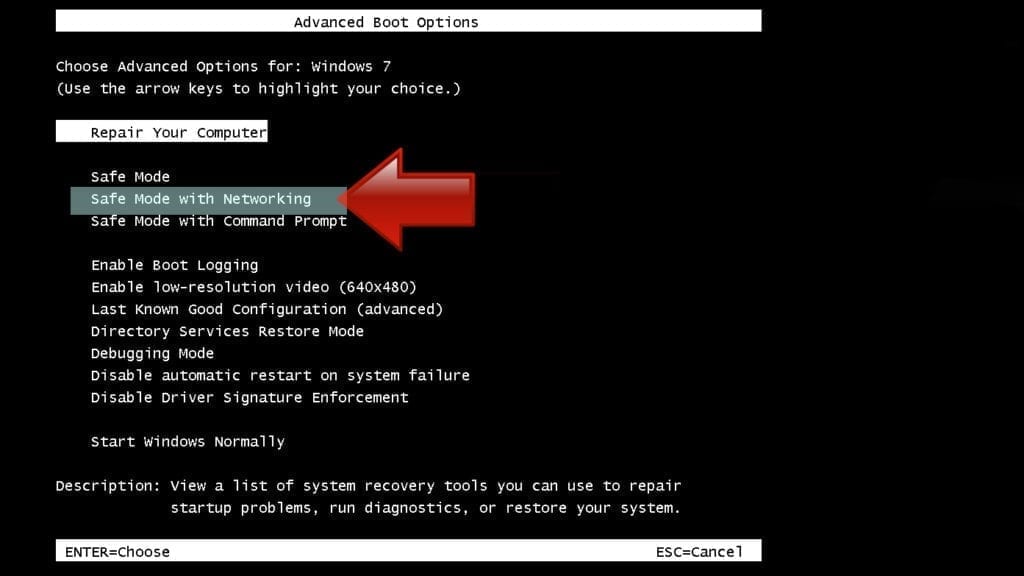
Instructions for Windows 8/8.1/10/11 users
- Open Windows Start menu, then press down the Power button. On your keyboard, press down and hold the Shift key, and then select Restart option.
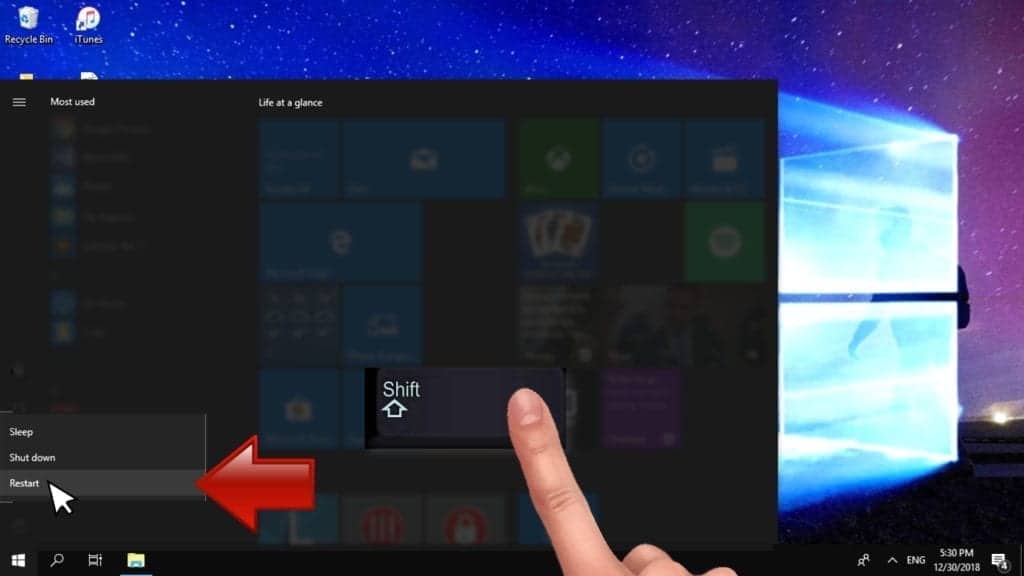
- This will take you to Windows Troubleshoot screen. Choose Troubleshoot > Advanced Options > Startup Settings > Restart. Tip: If you can't find Startup Settings, click See more recovery options.
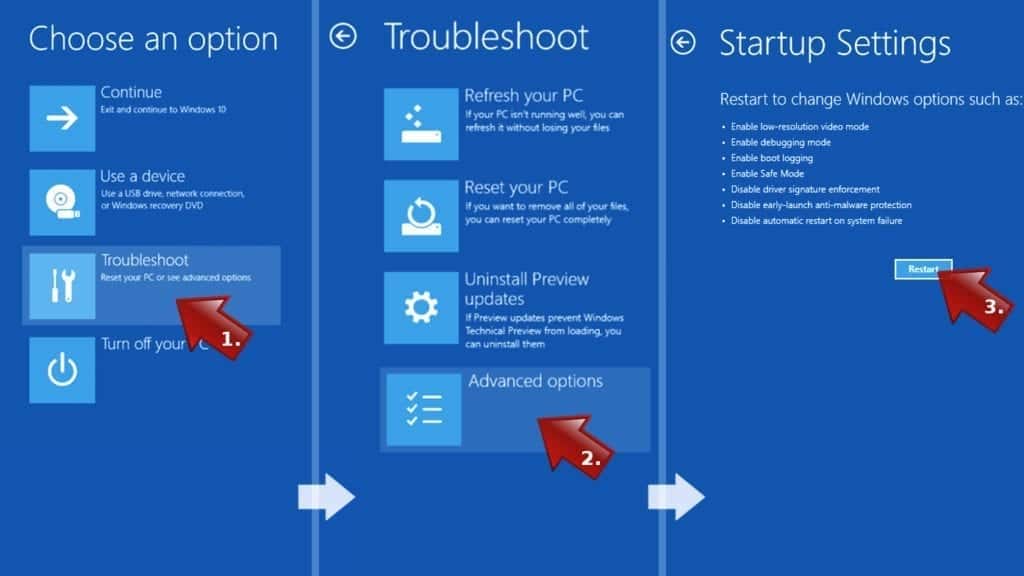
- In Startup Settings, press the right key between F1-F9 to enter Safe Mode with Networking. In this case, it is the F5 key.
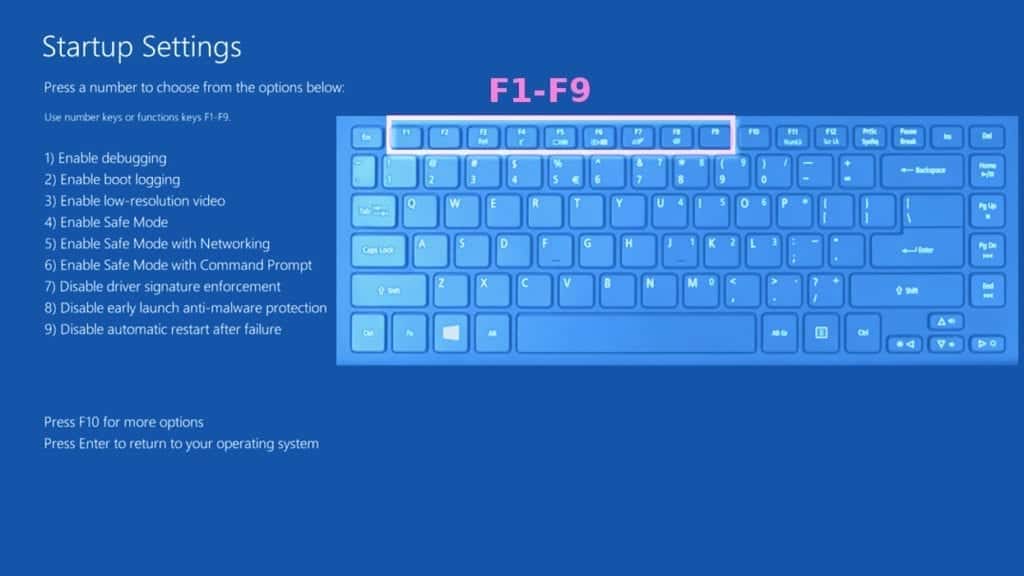
Step 2. Remove files associated with the virus
Now, you can search for and remove WNLU Ransomware Virus files. It is very hard to identify files and registry keys that belong to the ransomware virus, Besides, malware creators tend to rename and change them repeatedly. Therefore, the easiest way to uninstall such type of a computer virus is to use a reliable security program such as INTEGO Antivirus. For virus damage repair, consider using RESTORO.
Special Offer
Compatibility: Microsoft Windows
See Full Review
RESTORO is a unique PC Repair Tool which comes with an in-built Avira scan engine to detect and remove spyware/malware threats and uses a patented technology to repair virus damage. The software can repair damaged, missing or malfunctioning Windows OS files, corrupted DLLs, and more. The free version offers a scan that detects issues. To fix them, license key for the full software version must be purchased.
Method 2. Use System Restore
In order to use System Restore, you must have a system restore point, created either manually or automatically.
Step 1. Boot Windows in Safe Mode with Command Prompt
Instructions for Windows XP/Vista/7 users
- Shut down your PC. Start it again by pressing the Power button and instantly start pressing F8 button on your keyboard repeatedly in 1-second intervals. You will see Advanced Boot Options menu.
- Using arrow keys on the keyboard, navigate down to Safe Mode with Command Prompt option and press Enter.
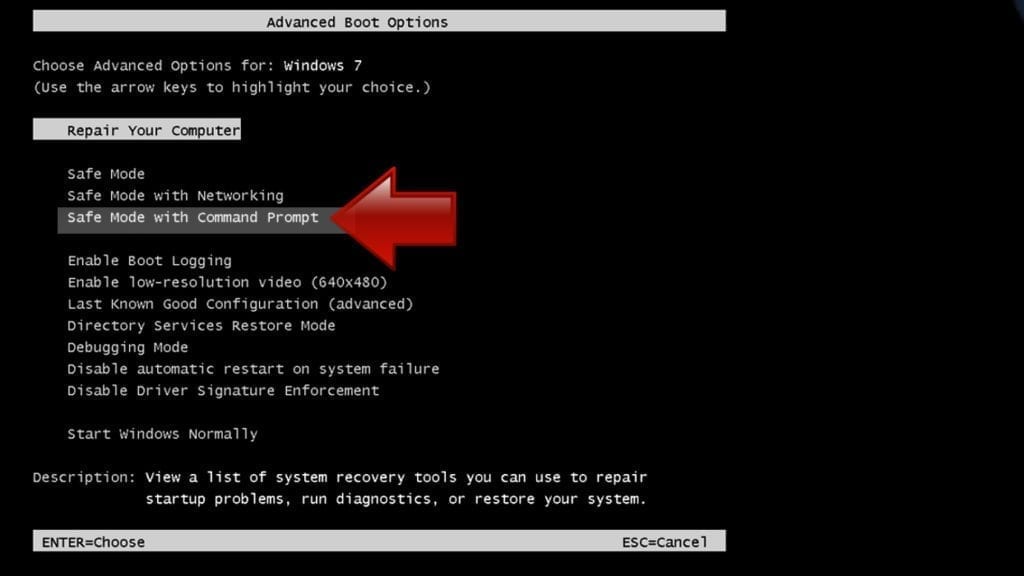
Instructions for Windows 8/8.1/10/11 users
- Launch Windows Start menu, then click the Power button. On your keyboard, press down and hold the Shift key, and then choose Restart option with the mouse cursor.

- This will take you to Windows Troubleshoot screen. Choose Troubleshoot > Advanced Options > Startup Settings > Restart. Tip: If you can't find Startup Settings, click See more recovery options.

- In Startup Settings, press the right key between F1-F9 to enter Safe Mode with Command Prompt. In this case, press F6 key.

Step 2. Start System Restore process
- Wait until system loads and command prompt shows up.
- Type cd restore and press Enter, then type rstrui.exe and press Enter. Or you can just type %systemroot%system32restorerstrui.exe in command prompt and hit Enter.
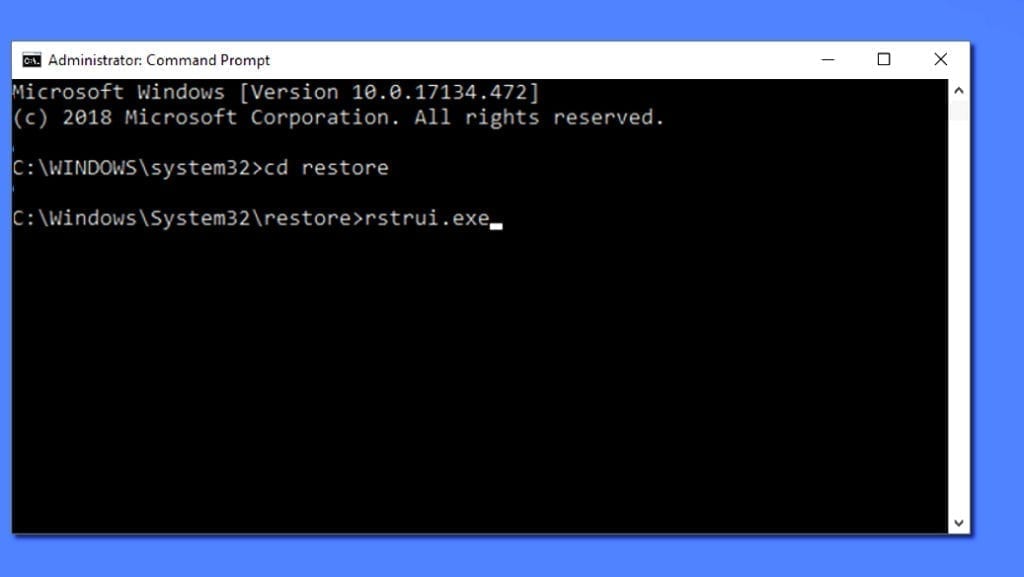
- This launches System Restore window. Click Next and then choose a System Restore point created in the past. Choose one that was created before ransomware infection.
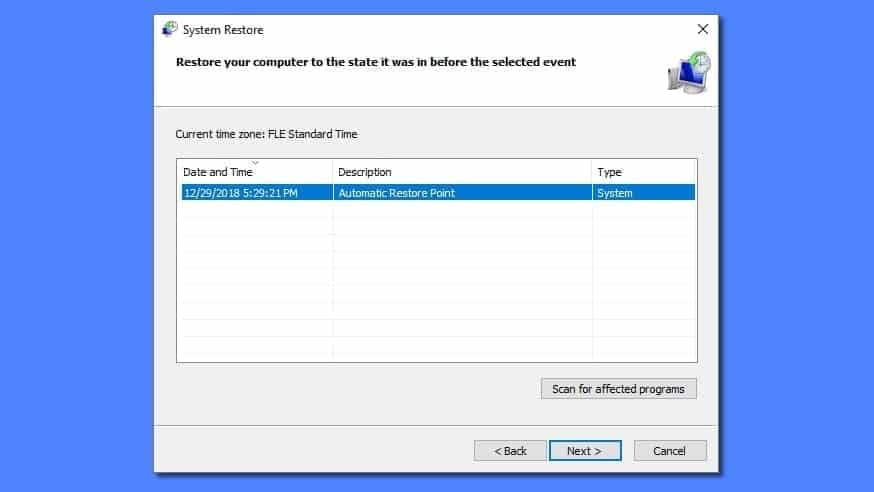
- Click Yes to begin the system restoration process.
After restoring the system, we recommend scanning the system with antivirus or anti-malware software. In most cases, there won't be any malware remains, but it never hurts to double-check. In addition, we highly recommend checking ransomware prevention guidelines provided by our experts in order to protect your PC against similar viruses in the future.
Alternative software recommendations
Malwarebytes Anti-Malware
Removing spyware and malware is one step towards cybersecurity. To protect yourself against ever-evolving threats, we strongly recommend purchasing a Premium version of Malwarebytes Anti-Malware, which provides security based on artificial intelligence and machine learning. Includes ransomware protection. See pricing options and protect yourself now.
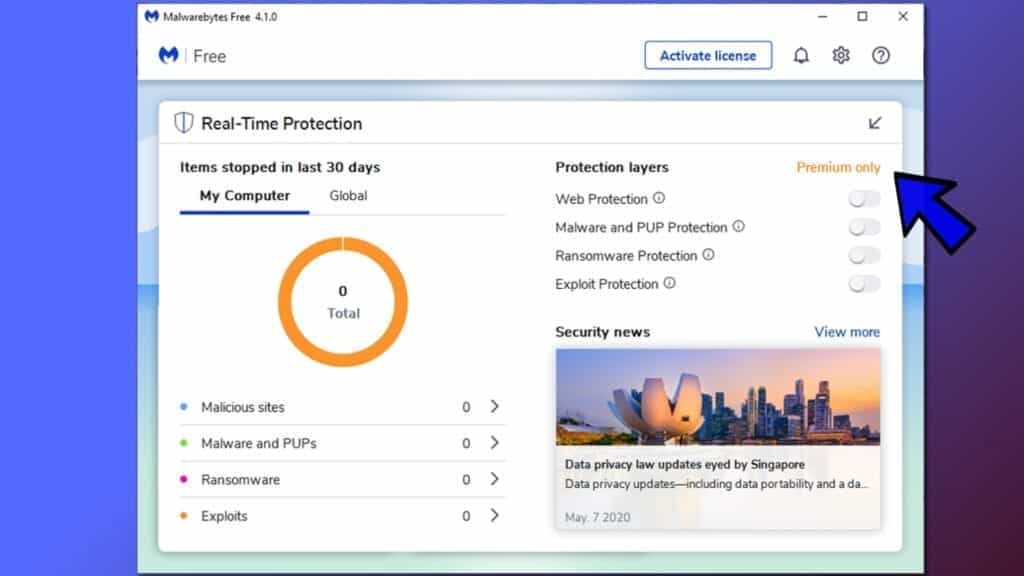
System Mechanic Ultimate Defense
If you're looking for an all-in-one system maintenance suite that has 7 core components providing powerful real-time protection, on-demand malware removal, system optimization, data recovery, password manager, online privacy protection and secure driver wiping technology. Therefore, due to its wide-range of capabilities, System Mechanic Ultimate Defense deserves Geek's Advice approval. Get it now for 50% off. You may also be interested in its full review.
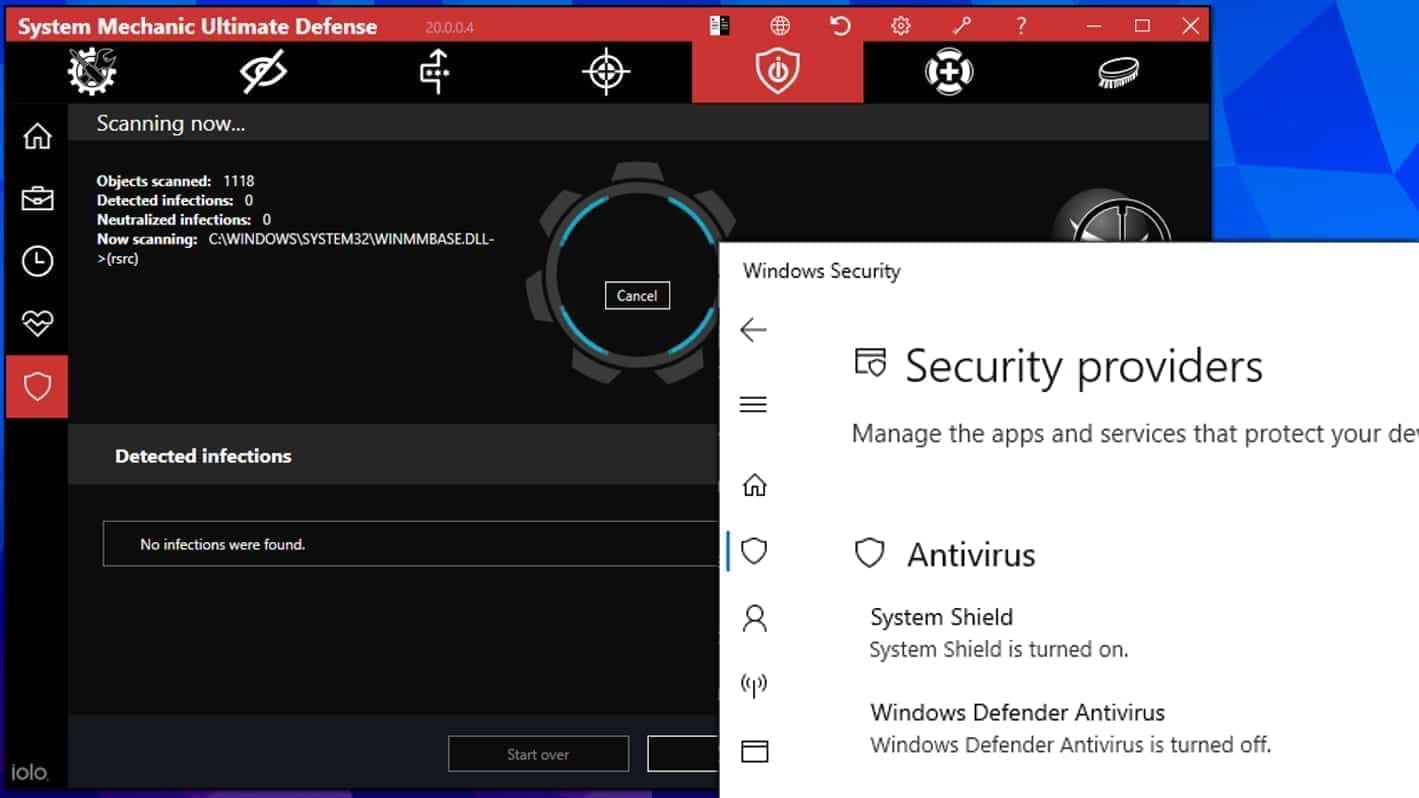
Disclaimer. This site includes affiliate links. We may earn a small commission by recommending certain products, at no additional cost for you. We only choose quality software and services to recommend.
Decrypt WNLU files
Fix and open large WNLU files easily:
It is reported that STOP/DJVU ransomware versions encrypt only the beginning 150 KB of each file to ensure that the virus manages to affect all files on the system. In some cases, the malicious program might skip some files at all. That said, we recommend testing this method on several big (>1GB) files first.
- Create a copy of encrypted file to a separate folder using Copy > Paste commands.
- Now, right-click the created copy and choose Rename. Select the WNLU extension and delete it. Press Enter to save changes.
- In the prompt asking whether you want to make the changes as file might become unusable, click OK.
- Try opening the file.
STOP/DJVU decryption tool usage guide
STOP/DJVU ransomware versions are grouped into old and new variants. WNLU Ransomware Virus is considered the new STOP/DJVU variant, just like JYPO, KIFR, KIOP, KITZ, BOZA, BOTY, COZA (find full list here). This means full data decryption is now possible only if you have been affected by offline encryption key. To decrypt your files, you will have to download Emsisoft Decryptor for STOP DJVU, a tool created and maintained by a genius security researcher Michael Gillespie.
Note! Please do not spam the security researcher with questions whether he can recover your files encrypted with online key - it is not possible.
In order to test the tool and see if it can decrypt WNLU files, follow the given tutorial.
- Download the decryption tool from Emsisoft.
- Click the little arrow next to your download and choose Show in Folder.
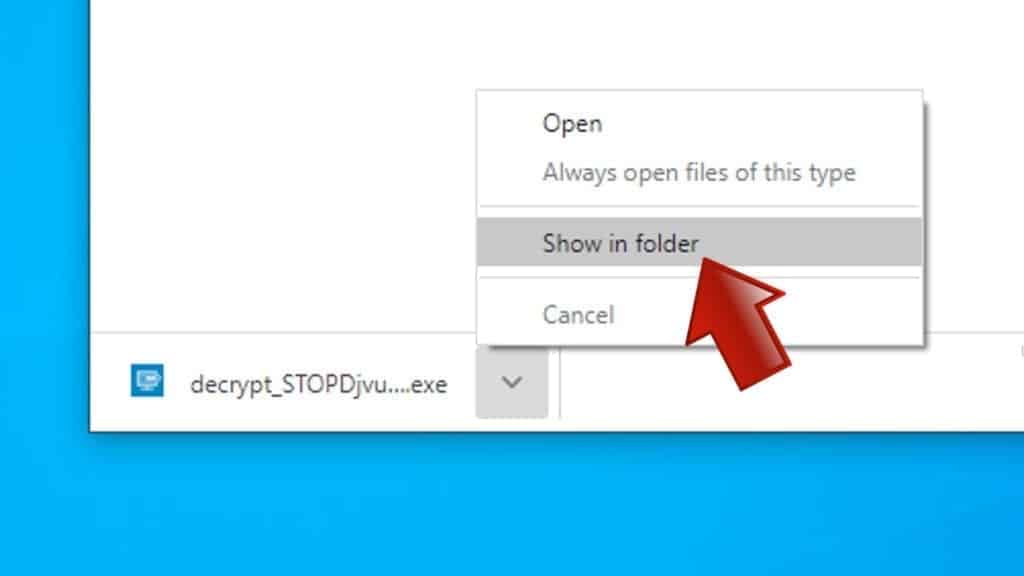
- Now, right-click the file and choose Run as Administrator. If asked, enter administrator's password.
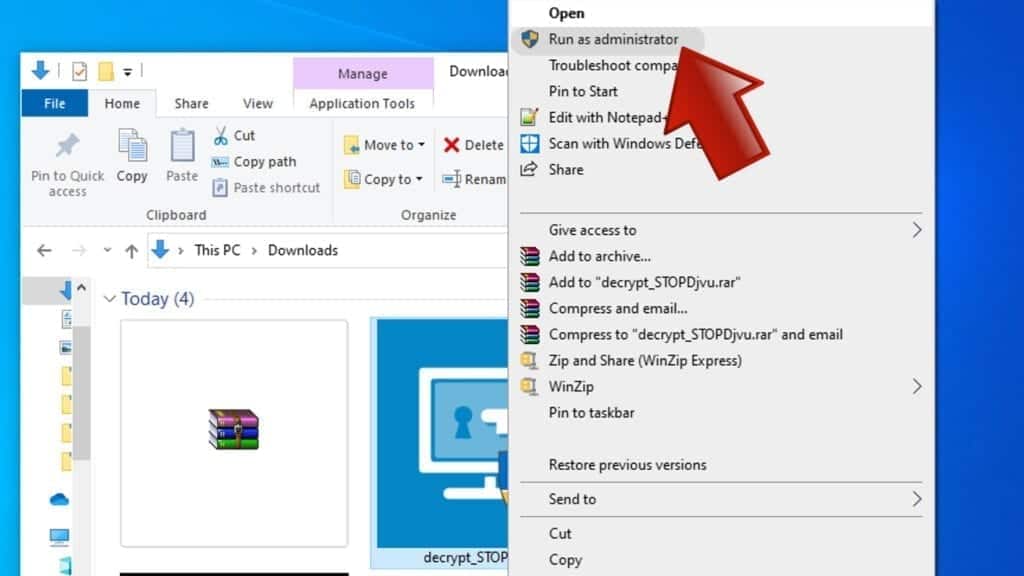
- In UAC window, click Yes.
- Click Yes to agree to software terms in both windows.
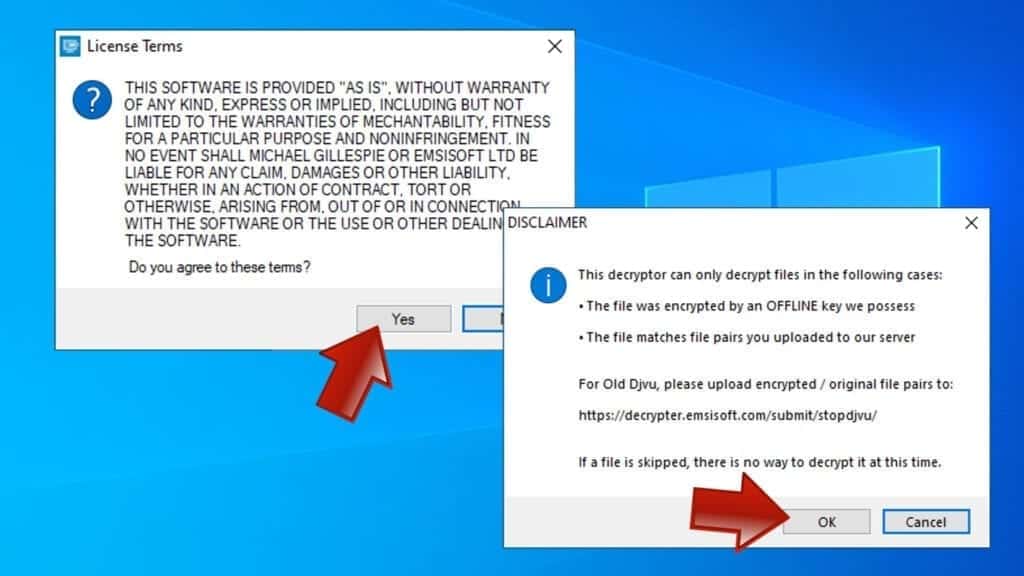
- The tool will automatically include C:// disk as a location to decrypt. The file recovery tool will prepopulate the locations to scan, including connected data storage drives or network drives. Click Add folder if you wish to add additional locations.
In Options tab, you can choose to keep encrypted file copies. We recommend leaving this option selected, especially if you do not know if the decryption tool will work.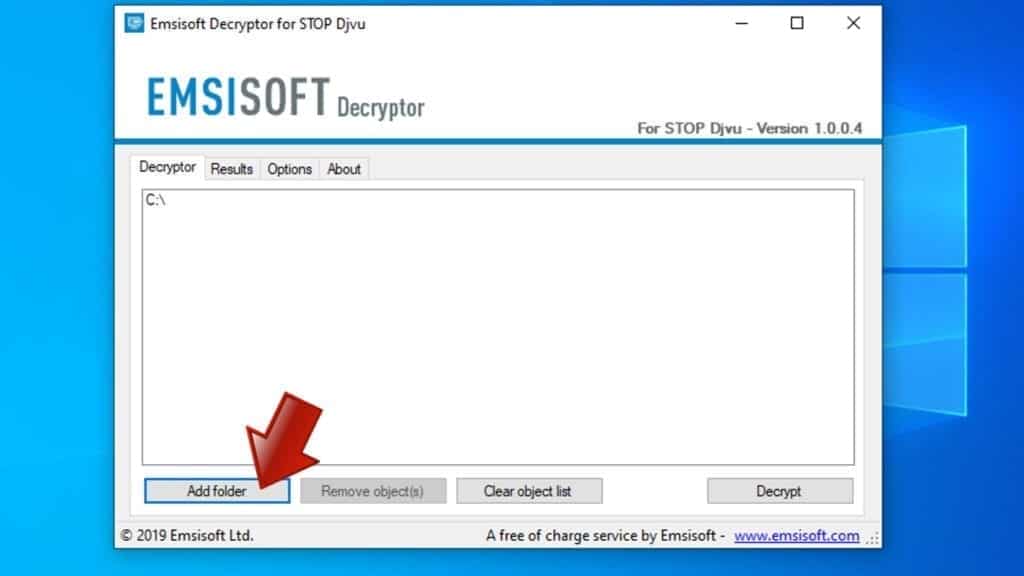
- Click Decrypt to start restoring WNLU files. You will see the progress in the Results tab. Here, you can see messages from the tool, such as whether the decryption procedure is successful, or you need to wait for an update.
You might also be informed that online key was used to encrypt your files. In such case, the decryption tool won't work for you, and the only way to recover your files is to use a data backup.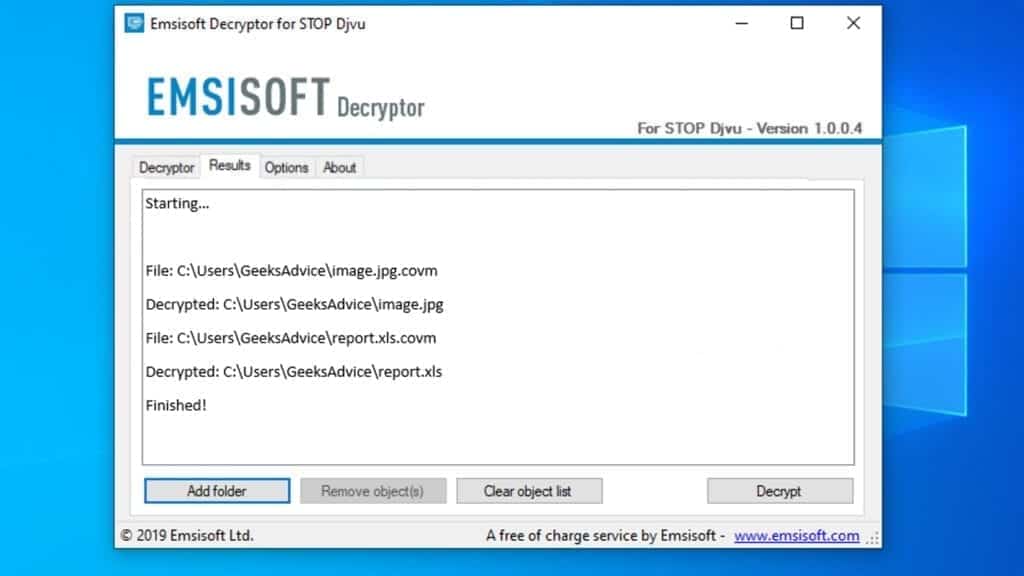
Meanings of decryptor's messages
The WNLU decryption tool might display several different messages after failed attempt to restore your files. You might receive one of the following messages:
Error: Unable to decrypt file with ID: [example ID]
This message typically means that there is no corresponding decryption key in the decryptor's database.
No key for New Variant online ID: [example ID]
Notice: this ID appears to be an online ID, decryption is impossible
This message informs that your files were encrypted with online key, meaning no one else has the same encryption/decryption key pair, therefore data recovery without paying the criminals is impossible.
Result: No key for new variant offline ID: [example ID]
This ID appears to be an offline ID. Decryption may be possible in the future.
If you were informed that an offline key was used, but files could not be restored, it means that the offline decryption key isn't available yet. However, receiving this message is extremely good news, meaning that it might be possible to restore your WNLU extension files in the future. It can take a few months until the decryption key gets found and uploaded to the decryptor. We recommend you to follow updates regarding the decryptable DJVU versions here. We strongly recommend backing up your encrypted data and waiting.
Report Internet crime to legal departments
Victims of WNLU Ransomware Virus should report the Internet crime incident to the official government fraud and scam website according to their country:
- In the United States, go to the On Guard Online website.
- In Australia, go to the SCAMwatch website.
- In Germany, go to the Bundesamt für Sicherheit in der Informationstechnik website.
- In Ireland, go to the An Garda Síochána website.
- In New Zealand, go to the Consumer Affairs Scams website.
- In the United Kingdom, go to the Action Fraud website.
- In Canada, go to the Canadian Anti-Fraud Centre.
- In India, go to Indian National Cybercrime Reporting Portal.
- In France, go to the Agence nationale de la sécurité des systèmes d’information.
If you can't find an authority corresponding to your location on this list, we recommend using any search engine to look up "[your country name] report cyber crime". This should lead you to the right authority website. We also recommend staying away from third-party crime report services that are often paid. It costs nothing to report Internet crime to official authorities.
Another recommendation is to contact your country's or region’s federal police or communications authority.
Frequently Asked Questions
You can only open WNLU files if you have the decryption key, or if you were affected by offline encryption type.
To figure out whether you were affected by offline encryption, please go to C:/SystemID/PersonalID.txt and see if the string inside of it ends in t1. You can also try using Emsisoft Decryptor for STOP/DJVU.
Please follow the guidances provided by the official WNLU decryption tools and believe what they say. If they say it is impossible to decrypt, it really is so. There is no magic tool or human capable of decrypting your files hiding somewhere. Encryption is a technique created to be nearly impossible to decrypt without a special private key (held by the criminals).
We advise scanning with anti-virus, anti-malware, malware removal tools or software like RESTORO to eliminate virus damage on the system. If you do not trust using a single tool, try running one after another. However, we do not recommend keeping several security programs on a computer at once as they can interfere with each other's work.
Beware of fake WNLU decryption tools circulating around the web. Cyber criminals are uploading them to various shady websites, also might be promoting them via suspicious Youtube videos. These programs can infect your computer even more heavily (Trojans, miners, etc.). We suggest being extremely cautious around the web. If there will be an official STOP/DJVU decryption tool available, it will be widely discussed in public media.

Norbert Webb is the head of Geek’s Advice team. He is the chief editor of the website who controls the quality of content published. The man also loves reading cybersecurity news, testing new software and sharing his insights on them. Norbert says that following his passion for information technology was one of the best decisions he has ever made. “I don’t feel like working while I’m doing something I love.” However, the geek has other interests, such as snowboarding and traveling.
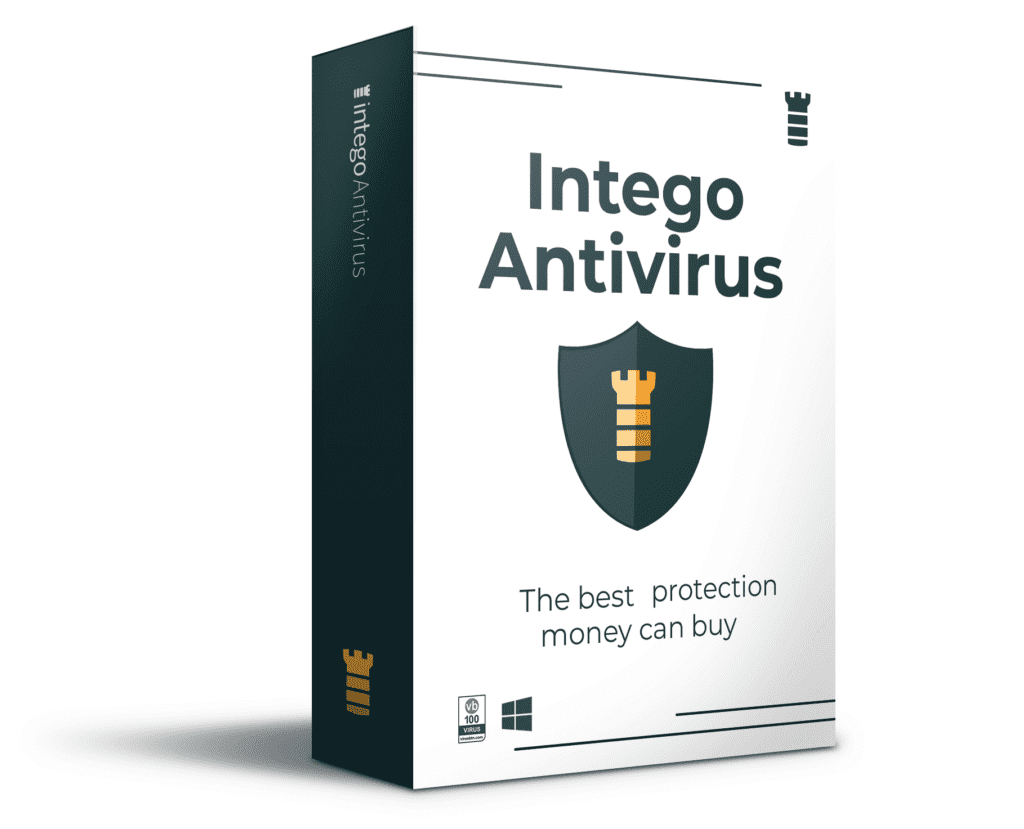
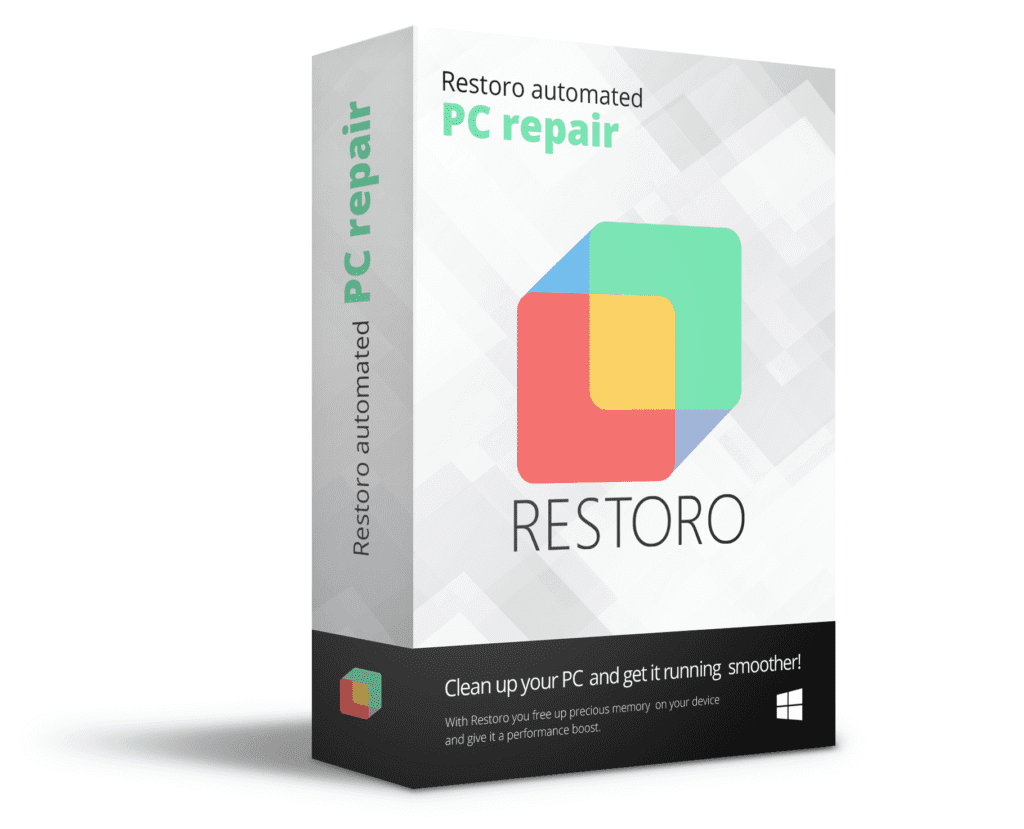
Leave a Reply